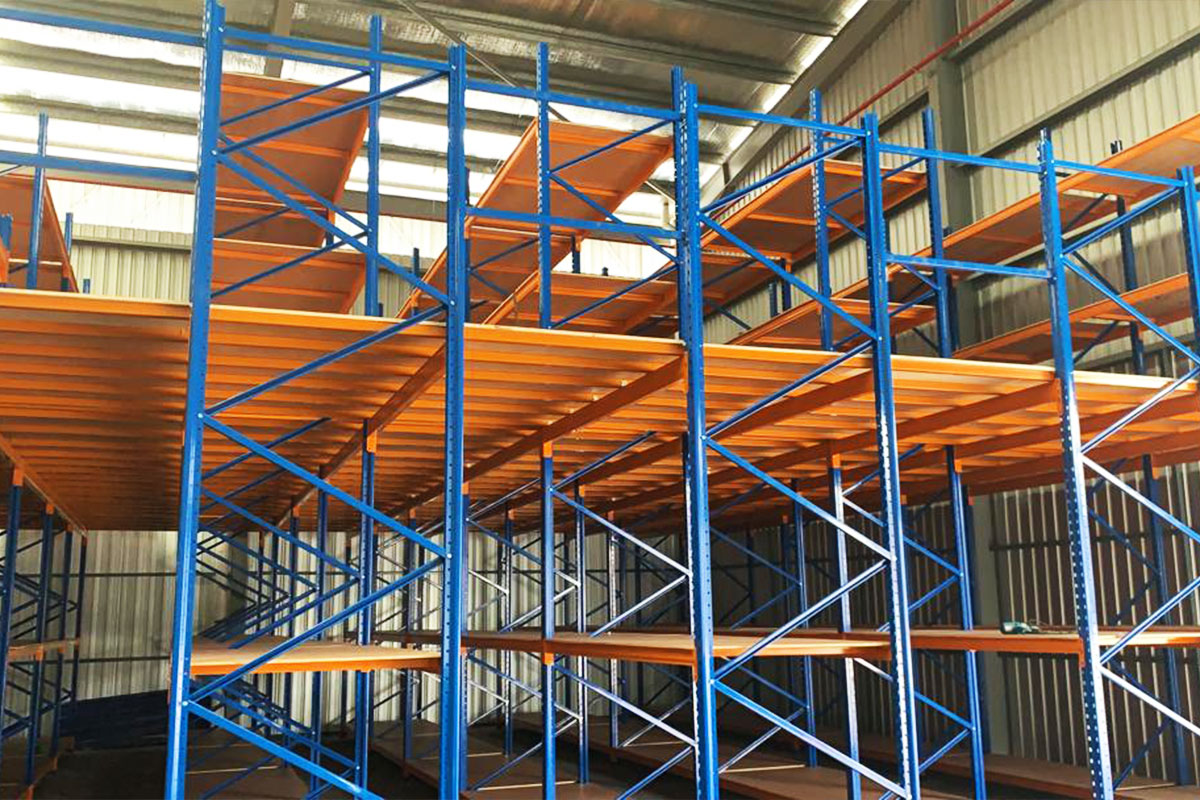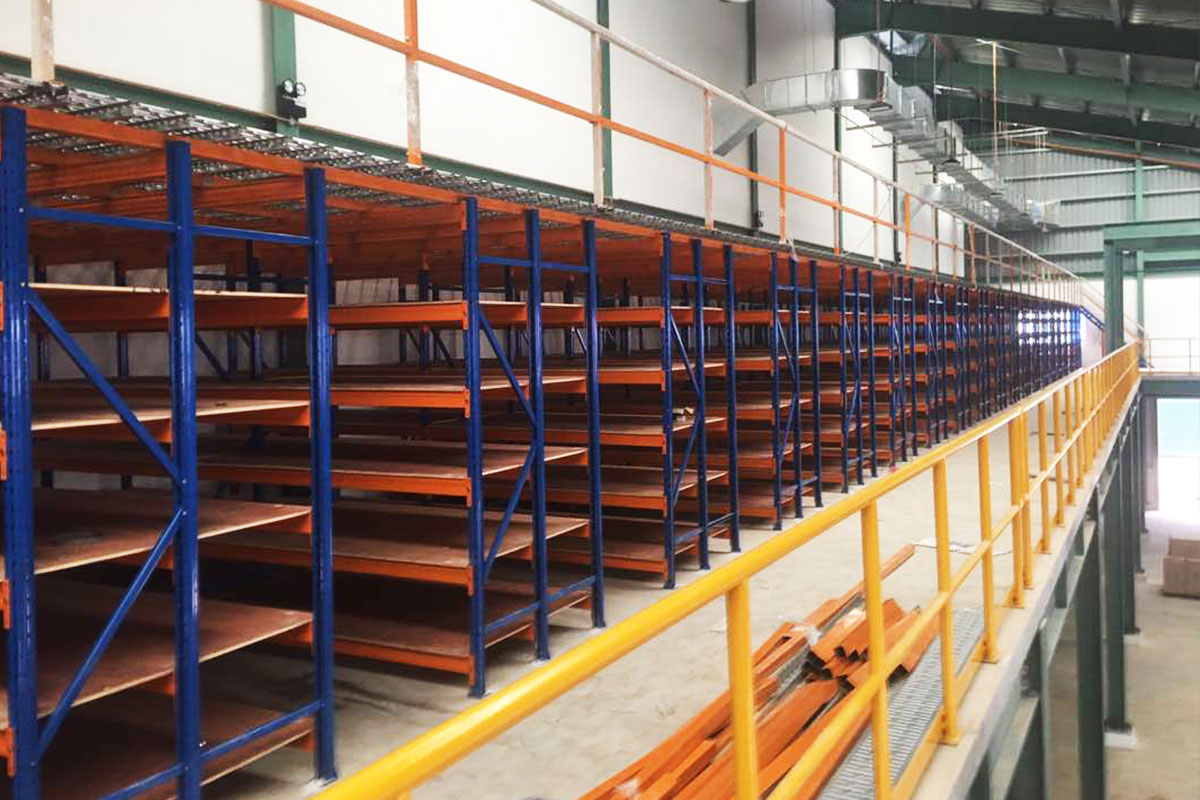In the fast-paced world of logistics and supply chain management, the backbone of any successful operation lies in its storage infrastructure. Industrial rack storage systems form the core of modern warehouses, distribution centers, and manufacturing facilities. These systems are not merely metal structures; they are engineered solutions designed to maximize space, improve accessibility, and streamline operations. This article delves into the world of industrial storage systems, exploring the various types of warehouse racking systems, the holistic approach of warehouse storage solutions, and the role of leading industrial racking manufacturers. We will also examine common challenges and pitfalls faced when implementing these systems.

Industrial storage systems encompass a wide range of products and technologies designed to store materials efficiently in an industrial setting. The primary goal is to optimize the available cubic space of a facility—height, width, and depth—while ensuring the safe and efficient handling of goods.
The evolution from simple shelving to sophisticated, automated industrial rack storage systems has been driven by the need for greater density, faster order fulfillment, and improved inventory management. A well-planned storage system directly impacts a company's bottom line by reducing operational costs, minimizing product damage, and enhancing workforce productivity.
At the heart of most industrial storage systems are the physical structures known as warehouse racking systems. These are the frameworks that support stored pallets, containers, and goods. Selecting the right type of racking is crucial and depends on factors like inventory variety, turnover rate, and the types of handling equipment used.
Selective Pallet Racking
This is the most common and versatile type of industrial rack storage system. It provides direct access to every pallet, making it ideal for warehouses with a high SKU count and fast-moving inventory. Its simplicity and flexibility make it a go-to choice for many operations.
Drive-In/Drive-Through Racking
Designed for high-density storage of homogeneous products, these systems eliminate aisles by allowing forklifts to drive directly into the rack structure. They are perfect for cold storage or storing products with a low turnover rate, though they sacrifice some accessibility.
Push Back Racking
A dynamic system where pallets are stored on wheeled carts nested on inclined rails. When a new pallet is loaded, it pushes the existing pallets back. This Last-In, First-Out (LIFO) system offers higher density than selective racking while maintaining good accessibility.
Pallet Flow Racking
Using gravity rollers and a slight decline, this system allows pallets to flow from the loading end to the unloading end. It is a high-density, First-In, First-Out (FIFO) system ideal for perishable goods or products with a high rotation.
Mezzanine Systems
While not racking in the traditional sense, mezzanines are a critical component of holistic warehouse storage solutions. They create a second or third level within a facility, effectively doubling the storage capacity without expanding the building's footprint.
Moving beyond the physical racks, warehouse storage solutions refer to the integrated approach of combining racking with other elements like warehouse management software (WMS), material handling equipment (MHE), and optimized layout planning.
A true solution considers the entire workflow:
Receiving: How goods are unloaded and staged.
Putaway: How inventory is assigned a location within the industrial rack storage system for optimal picking and space usage.
Storage: The physical warehouse racking systems themselves.
Picking: The methods used to retrieve items (e.g., batch picking, zone picking).
Shipping: How orders are consolidated and loaded.
The most efficient warehouse storage solutions seamlessly integrate these processes, often using technologies like barcode scanning, RFID, and automated guided vehicles (AGVs) that work in harmony with the racking layout.

The market for industrial racking manufacturers is diverse, ranging from global giants to specialized regional players. These manufacturers are responsible for the engineering, fabrication, and often the installation of these critical systems.
Leading industrial racking manufacturers invest heavily in research and development to create stronger, more versatile, and safer systems. They provide not just the product, but also essential services like:
Site Surveys and Planning: Expert analysis of a facility to design the most efficient layout.
Engineering Calculations: Ensuring the proposed industrial rack storage system can withstand the specified loads and is compliant with local regulations.
Installation: Professional setup by trained crews.
Maintenance and Inspection: Ongoing services to ensure system integrity and safety.
Choosing a reputable manufacturer is paramount. It ensures the system is built to high-quality standards, is safe for employees, and will provide a strong return on investment over its lifespan.
Even the best-designed systems can encounter issues. Being aware of these common problems is the first step toward prevention.
Improper Installation and Maintenance
One of the most frequent causes of failure is incorrect installation. If racks are not leveled, beams not fully secured, or footplates not properly anchored, the entire structure is compromised. Similarly, a lack of regular maintenance and inspection can allow small issues, like a slightly bent upright frame, to develop into major safety hazards or catastrophic failures.
Exceeding Load Capacities
Every component of an industrial rack storage system has a designated load capacity. A common and dangerous mistake is overloading beams or decks. This often happens when inventory changes or when employees are not properly trained on the system's limitations. Exceeding capacity can lead to bending, cracking, or total collapse.
Inadequate Training and Safety Procedures
Warehouse racking systems are only as safe as the people who use them. Forklift operators must be skilled in maneuvering within narrow aisles to avoid colliding with uprights. The impact from a forklift, even at low speed, can significantly damage a rack's structural integrity. A robust safety culture, including regular training and clear policies for reporting damage, is essential.
Poor Layout and Design Planning
A system designed without a deep understanding of the inventory flow can create bottlenecks. Issues include aisles that are too narrow for forklifts, insufficient space for picking operations, or rack heights that don't fully utilize the available building clear height. This results in inefficiencies, reduced capacity, and increased operational costs.
Damage and Lack of Repair
In a busy warehouse, minor collisions with racking are inevitable. The problem arises when this damage goes unreported and unrepaired. A damaged upright or beam must be assessed and replaced immediately. Ignoring it creates a weak point that can fail under load, potentially causing a domino effect.
Choosing the Wrong System for the Application
Selecting a high-density drive-in racking system for a fast-moving, high-SKU inventory would be a critical error. The system would create massive inefficiencies and slow down operations. It is crucial to match the type of warehouse racking systems to the specific needs of the inventory and business operations.
Ignoring Seismic and Local Code Requirements
In certain regions, industrial rack storage systems must be designed to withstand seismic activity. Failure to comply with local building codes and regulations can result in fines, invalidated insurance, and most importantly, an unsafe working environment.
Industrial rack storage systems are far more than simple metal frameworks. They are sophisticated, engineered solutions that form the foundation of an efficient and profitable logistics operation. A successful implementation requires a holistic view, integrating the right warehouse racking systems into broader warehouse storage solutions that encompass technology, processes, and people.
The journey begins with partnering with reliable industrial racking manufacturers who can provide expert guidance, quality products, and ongoing support. By understanding and proactively addressing common challenges—from improper loading to forklift damage—businesses can ensure their storage infrastructure remains a source of competitive advantage, safety, and growth for years to come. Investing time and resources into designing, installing, and maintaining these systems is an investment in the future resilience and success of the entire operation.
 Wechat
Wechat
 Whatsapp
Whatsapp